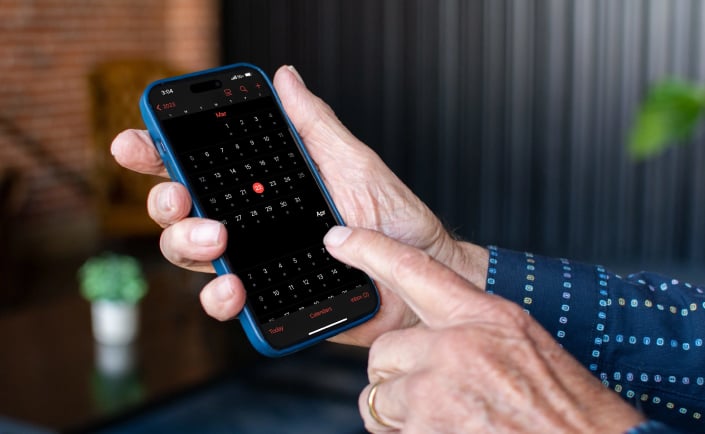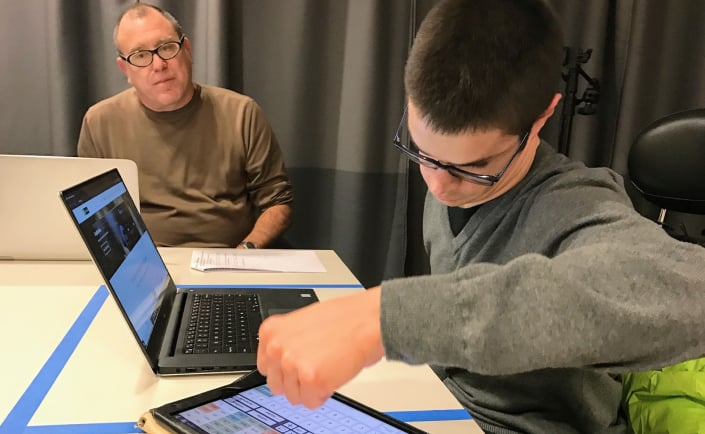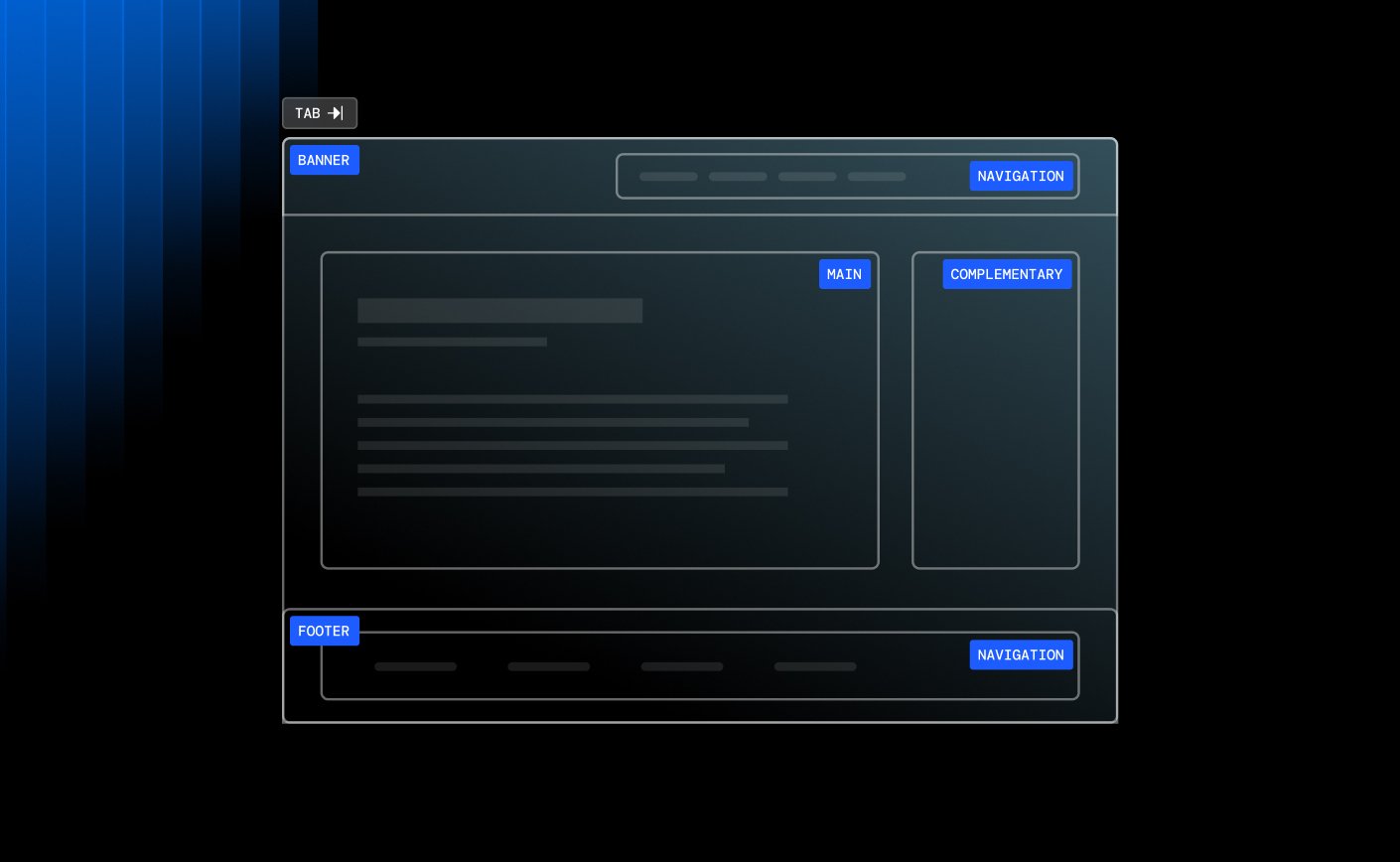
By
McKayl Barrows
In the product and service design space, we have the responsibility (and gift) of creating experiences that support the needs of our beautifully diverse world. Making sure customers feel valued, included, and seen for who they are is core to building long-lasting customer relationships.
In this round-up of Blink articles, we share some of our tips for designing experiences that make people of all genders, sexualities, abilities, races, and ages feel included and acknowledged.

Article 1: Designing Gender-Inclusive Customer Experiences: Tips and Resources
Summary
Learn how to build research and design processes that deliver gender-inclusive products and experiences.
Key Takeaways
Gender inclusion starts with you
Checking your bias and committing to continued education is essential in designing gender-inclusive experiences. You can only create experiences that reflect your awareness gained through experience, education, and research.
Take a look at your research processes
Research sets the foundation for designing inclusive products, so it’s a great place to start your audit. Review all the touchpoints a participant has throughout the research study process. Keep an eye out for the necessity of questions, appropriate answer options, and gendered language.

Article 2: Delight Your Customers With Age-Inclusive Design
Summary
Data shows that global populations are tipping the demographic scale toward adults over 65. With age-inclusive design, product adoption and reach could spread rapidly.
Key Takeaways
Opportunities for age-friendly design are at an all-time high
By 2030, Boston Consulting Group projects that the 55-plus demographic will account for half of the US consumer spending growth since 2008. Investing in age-friendly design can help your company significantly impact and increase product adoption among older adults.
Age-inclusive design goes beyond large fonts on an interface
It requires addressing the challenges of aging and doing what we can to widen the appeal of everyday products to older adults, who are often excluded from product research and design.

Article 3: Designing for Mobility Impairments
Summary
Understanding the real-world challenges of mobility impairment is one of the first steps to creating better, more inclusive digital designs. Blink’s Accessibility Director, Joe Welinske, sits down with one of our assistive device specialists, Blake Geyen, to discuss the challenges of his mobility impairments and tips for creating inclusive app and web designs.
Key Takeaways
Mindful design can prevent exclusion
Inclusivity isn’t something we can achieve by default — it requires consistent, intentional practices and choices throughout the design process.
Well-intentioned designs can have adverse effects
When designing a new product or feature, play devil’s advocate and ask yourself: If we add this feature, are there any negative consequences that could come with it, especially for a person with a mobility impairment or other disability?

Article 4: 6 Tips for Improve Your Website Accessibility
Summary
The web promises easy access to content and tools but frequently fails to include the needs of people with impairments, whether permanent (over 57 million people in the US alone) or temporary (possibly all of us at one point or another). Consider these tips to improve website accessibility.
Key Takeaways
Accessibility is costly and time-consuming when it’s an afterthought
Think of accessibility needs as no different from, say, mobile needs, and proactively design and develop for them. The principles, guidelines, and solutions are already out there.
Including people with disabilities in your research is invaluable
Understanding firsthand how someone with a disability uses your website can help you uncover issues beyond a standard guidelines-based review.
Designing with intention is an ongoing process
Building inclusive experiences takes intention and collaboration. We may not get there overnight, but consistently seeking to understand the lives of the people around us will help us look beyond our needs and preferences and create genuinely inclusive products.



